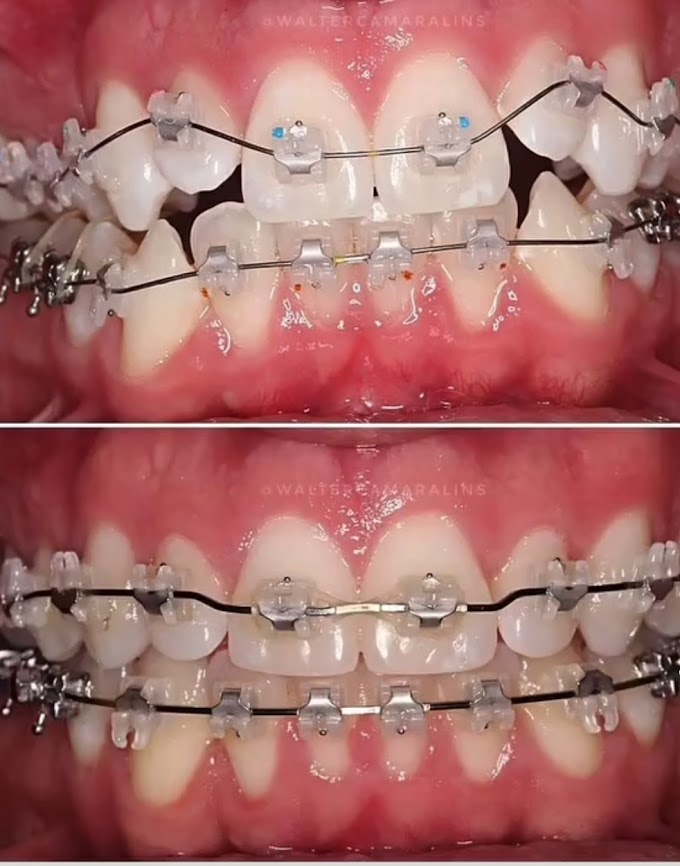Fixing Jaw Asymmetry: Expert Tips & Treatments
Jaw asymmetry can be frustrating and often overlooked. It can affect your facial balance and self-confidence. Whether it's a slight unevenness or a more noticeable asymmetry, there are ways to fix it. This guide will cover expert tips and treatments to help you achieve a more balanced face.
Key Takeaways
- Jaw asymmetry is a common condition that can impact facial balance and appearance
- Identifying the underlying causes is the first step in finding the right treatment solution
- Non-surgical options, such as orthodontic appliances and facial exercises, can help address minor asymmetries
- Surgical procedures, like orthognathic surgery, may be recommended for more severe cases
- Working with a skilled healthcare professional is crucial for achieving the best possible outcome
Understanding Jaw Asymmetry
Jaw asymmetry is a common issue that affects how the lower jaw, or mandible, looks and works. It can cause dental, functional, and aesthetic problems. Knowing the causes of jaw asymmetry and the types of jaw asymmetry helps us find the right treatments.
Causes of Jaw Asymmetry
Jaw asymmetry can come from many sources, including:
- Genetics: Some people are more likely to have skeletal asymmetry and facial asymmetry because of their genes.
- Developmental Abnormalities: Issues like hemifacial microsomia or Treacher Collins syndrome can cause mandibular asymmetry from birth.
- Traumatic Injury: Injuries to the jaw, face, or head can make the mandible grow unevenly.
- Dental Issues: Problems like tooth loss, misaligned teeth, or a bad bite can also lead to facial asymmetry.
Types of Jaw Asymmetry
Jaw asymmetry can show up in different ways, such as:
| Type of Asymmetry | Description |
|---|---|
| Skeletal Asymmetry | Uneven bone growth leads to an unbalanced face. |
| Muscular Asymmetry | Uneven facial muscles cause one side of the face to look different. |
| Dental Asymmetry | Teeth that are not aligned properly can make the face look uneven. |
Knowing the causes and types of jaw asymmetry is key to finding the right treatment. This helps people get the best results when they want to fix this issue.
https://youtube.com/watch?v=gnfCfXnQB0Y
How to Fix Jaw Asymmetry
Fixing jaw asymmetry is key to better facial balance and looks. There are many treatments for jaw asymmetry to help correct jaw asymmetry and fix jaw asymmetry. We'll look at different options and help you find the best one for you.
Non-Surgical Approaches
For mild to moderate jaw asymmetry, non-surgical methods work well. These include orthodontic appliances or facial exercises to slowly improve facial balance and correct jaw asymmetry.
- Orthodontic Appliances: Special braces or aligners can realign teeth and jaws, slowly correcting jaw asymmetry. It's often used with other treatments for best results.
- Facial Exercises: Exercises can help fix jaw asymmetry by fixing muscle imbalances. You can do these at home or with a healthcare expert's help.
Surgical Interventions
When non-surgical methods don't work, surgery might be needed to correct jaw asymmetry. These surgeries usually involve moving the jawbone or making other adjustments to improve facial balance.
| Surgical Procedure | Description | Typical Outcome |
|---|---|---|
| Orthognathic Surgery | Realignment of the upper and lower jaws to address structural imbalances | Significant improvement in jaw asymmetry and facial harmony |
| Chin Reshaping Surgery | Modification of the chin shape and position to correct asymmetry | Enhanced facial balance and a more symmetrical appearance |
| Botox Injections | Targeted injections to weaken overactive muscles and reduce jaw asymmetry | Temporary improvement in asymmetric jaw appearance, often used in conjunction with other treatments |
Choosing between non-surgical and surgical options depends on your jaw asymmetry level, needs, and your doctor's advice. It's crucial to talk about all treatments for jaw asymmetry to find the best way to improve facial balance and meet your aesthetic goals.
Remember, addressing jaw asymmetry is not just about improving your appearance - it can also have a positive impact on your overall oral health and well-being.
Non-Surgical Treatments for Jaw Asymmetry
Non-surgical options can effectively treat jaw asymmetry. One method is using
orthodontic appliances
. Braces and clear aligners can slowly move the jaw. This helps align teeth and improve facial symmetry. Each treatment is customized for the best results.
Facial exercises are another non-surgical strategy. They target jaw muscles to strengthen and balance the face. Adding these exercises to a treatment plan can make non-invasive solutions more effective.
Combining orthodontic appliances and facial exercises offers a non-surgical jaw asymmetry solution. These treatments address imbalances for a more balanced face. This approach avoids the need for invasive surgery.
FAQ
What is the most common cause of jaw asymmetry?
Genetics is the main reason for jaw asymmetry. Some people are born with uneven jaws. This can get worse as they grow older.
Can jaw asymmetry be corrected?
Yes, there are ways to fix jaw asymmetry. You can choose from non-surgical or surgical treatments. The right choice depends on how bad the asymmetry is and why it happens.
What are the different types of jaw asymmetry?
There are two main types. Mandibular asymmetry affects the lower jaw, making one side bigger or smaller. Maxillary asymmetry deals with the upper jaw, making it uneven.
How do facial exercises help with jaw asymmetry?
Facial exercises are a non-surgical way to tackle jaw asymmetry. They work on the jaw muscles. This can help even out the face over time.
What are the benefits of orthodontic treatment for jaw asymmetry?
Orthodontic treatments, like braces or clear aligners, can fix jaw and tooth positions. They help balance the face. These are often the first step for mild to moderate jaw issues.
When is surgical treatment necessary for jaw asymmetry?
For serious jaw problems, surgery might be needed. Orthognathic surgery can align the jaws. This improves facial symmetry.



